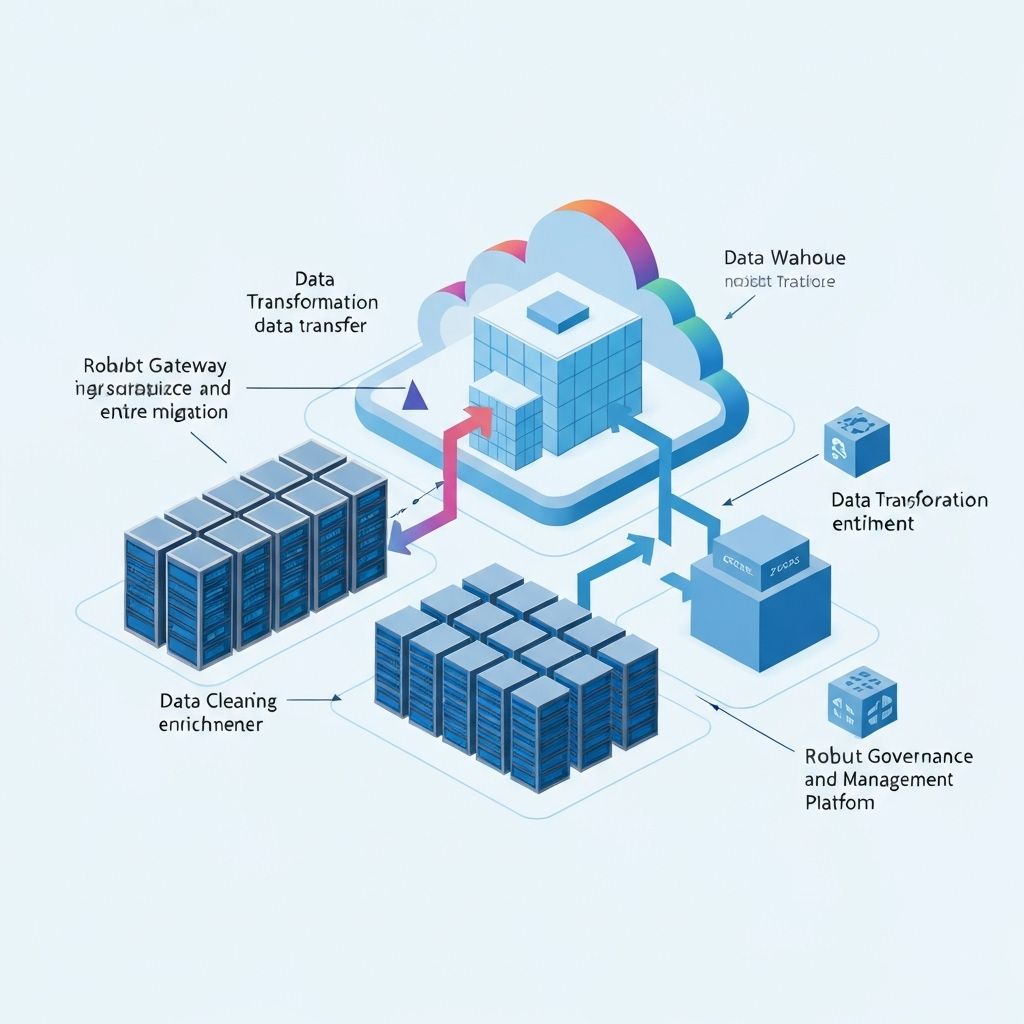Back to Blog
Cloud & DevOps
The Complete Cloud Migration Checklist for 2024
December 15, 2024
8 min read
By EZ IT SOLUTION Team

Cloud migration is a complex process that requires careful planning and execution. Whether you're moving from on-premises infrastructure to AWS, Azure, or GCP, having a comprehensive checklist ensures nothing falls through the cracks.
Phase 1: Assessment & Planning
Before you begin your migration, you need to understand what you're working with:
- Inventory all applications, databases, and dependencies
- Assess current infrastructure costs and performance metrics
- Identify compliance and security requirements
- Define success criteria and KPIs
- Choose the right cloud provider and services
Phase 2: Architecture Design
Design your cloud architecture with scalability and security in mind:
- Select appropriate compute, storage, and networking services
- Design for high availability and disaster recovery
- Plan your network topology and security groups
- Define IAM roles and access policies
- Choose between lift-and-shift, re-platforming, or re-architecting
Phase 3: Migration Execution
Execute your migration in phases to minimize risk:
- Set up your cloud environment and networking
- Migrate non-critical workloads first
- Test thoroughly in staging environments
- Plan for zero-downtime cutover
- Monitor performance during and after migration
Phase 4: Optimization
Once migrated, optimize for cost and performance:
- Right-size your resources based on actual usage
- Implement auto-scaling policies
- Set up comprehensive monitoring and alerting
- Review and optimize costs monthly
- Continuously improve security posture
Common Pitfalls to Avoid
Learn from others' mistakes:
- Underestimating the complexity of dependencies
- Not testing disaster recovery procedures
- Ignoring data transfer costs
- Failing to train your team on cloud technologies
- Not having a rollback plan
Conclusion
Cloud migration is a journey, not a destination. With proper planning, execution, and ongoing optimization, you can achieve significant cost savings, improved performance, and greater scalability.